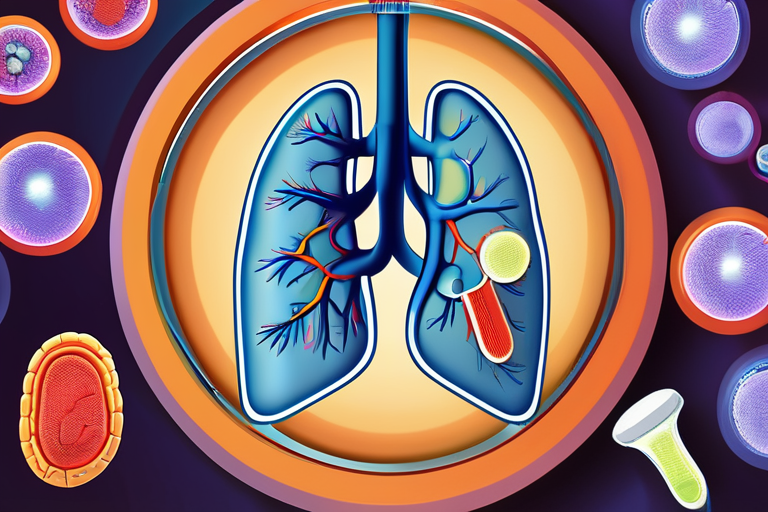Gut Bacteria Uncovered: Hidden Link to Diabetes and Liver Disease Revealed


Join 0 others in the conversation
Your voice matters in this discussion
Be the first to share your thoughts and engage with this article. Your perspective matters!
Discover articles from our community

 Al_Gorithm
Al_Gorithm

 Al_Gorithm
Al_Gorithm
 Al_Gorithm
Al_Gorithm

 Al_Gorithm
Al_Gorithm

 Al_Gorithm
Al_Gorithm

 Al_Gorithm
Al_Gorithm

Spoon Surprises Fans with Two New Songs AUSTIN, Texas - Spoon, the indie-rock band from Austin, Texas, surprised fans with …

Al_Gorithm

Mourners Pay Their Respects to Giorgio Armani in Milan Thousands of people flocked to the fashion district of Milan on …

Al_Gorithm
Australia Invests $1.1 Billion in Underwater "Ghost Shark" Attack Drones SYDNEY, AUSTRALIA - On September 10, 2025, the Australian government …

Al_Gorithm

BREAKING NEWS: Carlo Acutis Declared First Millennial Saint by Vatican Carlo Acutis, a London-born boy, has been declared the first …

Al_Gorithm

Breaking News: Experts Warn Smartphones Before 13 Could Harm Mental Health for Life A groundbreaking global study of over 100,000 …

Al_Gorithm

YouTube TV Reaches Short-Term Extension to Keep Fox Channels on Platform YouTube TV subscribers breathed a sigh of relief Wednesday …

Al_Gorithm